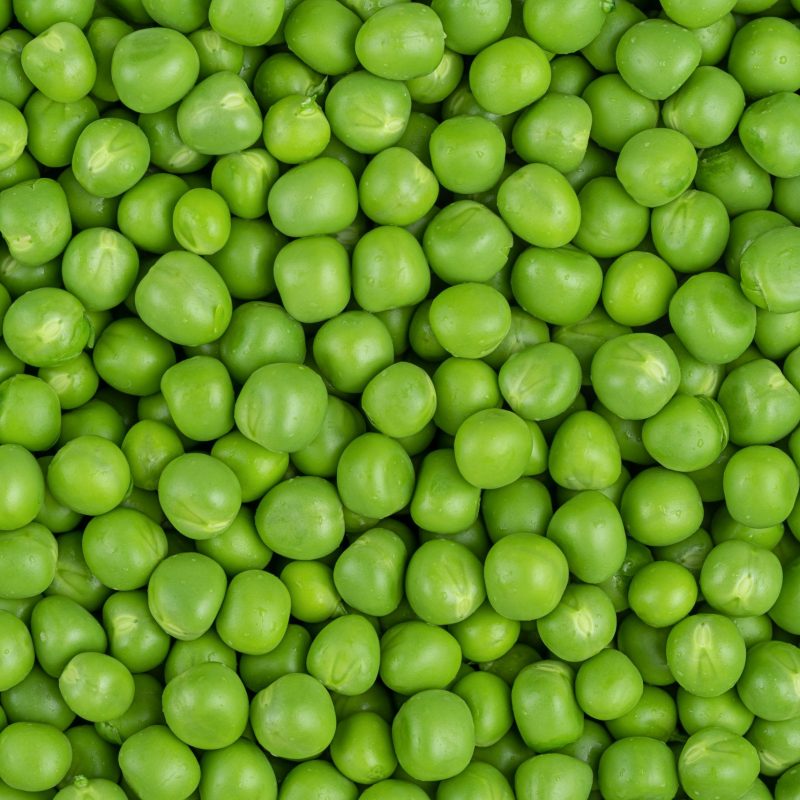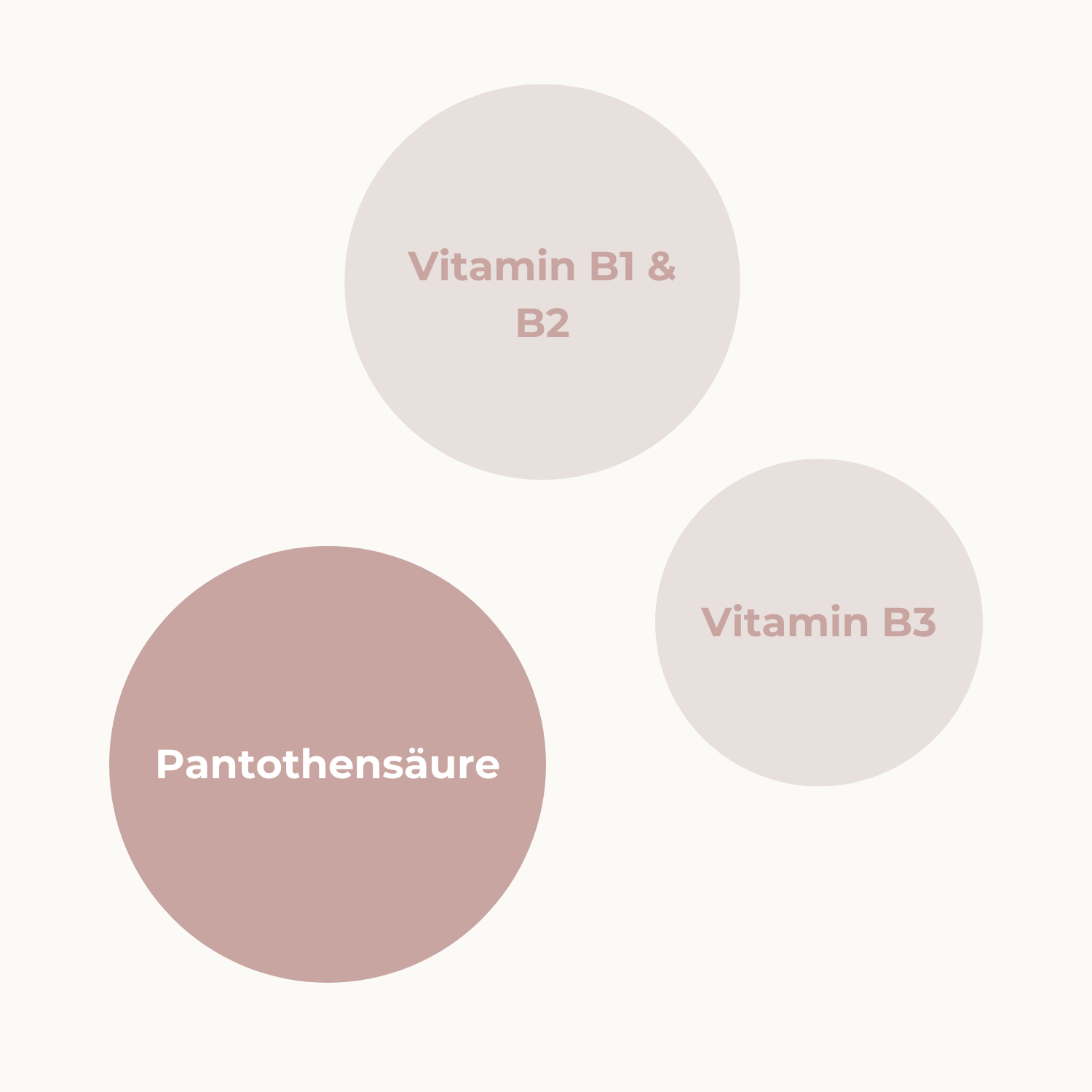
NUTRIENT PRESENTATION
pantothenic acid / vitamin B5
Found in: whole grains, mushrooms, yeast, vegetables, fruits.
Form: Calcium D-pantothenate
Origin: synthetic
Classification: Pharmacopoeia quality Ph.Eur./USP
Place of manufacture: China
Function: Metabolic precursor for the important coenzyme A
Risk groups: one-sided diet.
ADVANTAGES
Pantothenic Acid Facts & Knowledge
Supply in Germany according to the national consumption study II: The supply of pantothenic acid has not been analyzed [7].
- Since the body cannot produce pantothenic acid itself, we must obtain it through food [5].
VITAMIN B5 AND ITS FUNCTIONS [5]
- Pantothenic acid is important for coenzyme A (CoA) and acyl carrier proteins.
- It activates and transports acyl groups that are needed for fatty acid production and the degradation of fatty acids and amino acids.
ACCEPTED HEALTH CLAIMS
- Pantothenic acid contributes to normal mental performance
- Pantothenic acid helps reduce tiredness and fatigue
- Pantothenic acid contributes to normal synthesis and metabolism of steroid hormones, vitamin D and some neurotransmitters
- Pantothenic acid contributes to normal energy metabolism
biomarkers
Note: Positive linear correlations between pantothenic acid intake (range of mean values 4.8-6.3 mg/day) and 24-hour urine excretion. Values with less than 1 mg pantothenic acid in the 24-hour urine are considered to indicate a deficiency [5].
?

COLLEAGUES
Who does pantothenic acid work with?
Together with the B complex, pantothenic acid contributes to the breakdown and synthesis of fats, carbohydrates and proteins in energy metabolism.
FOR FURTHER READING
Evidence-based formulations
We use nutrients that are backed by a comprehensive body of research that is growing daily.







